Published on:January 5, 2018

At Las Vegas consumer show, Osram and Swiss auto designer will show how shared, autonomous vehicles will use LEDs for everything including comfort, illumination, data connectivity, security, and more.
In a splashy reminder that the LED chip business is not just about general lighting, Osram's semiconductor group is heading to Las Vegas to show off a self-driving vehicle with diodes performing a host of functions ranging from unlocking with iris scanning to detecting passenger health to automatically tailoring interior illumination.
Interested in articles & announcements on specialty SSL for vehicles?
Teamed with the concept vehicle's designer — Switzerland's Rinspeed — Osram Opto Semiconductors will use the desert city's CES 2018 consumer electronics extravaganza (formerly known as the Consumer Electronics Show) to demonstrate how the future of sustainable urban transportation will move towards cars that drive themselves, that users share rather outright own, and that connect individual passengers with data and services.
The smart autonomous vehicle, called Snap, will include Osram LEDs and laser diodes that use infrared sensing and other LED technologies. For example, LED-based iris scanning technology will help secure entry into the vehicle, and will also help identify individuals and permit them to connect to information services.
“As we enter a new era of autonomous vehicles, lighting will become even more important,” said Wolfgang Lex, Osram OS vice president and general manager of automotive. “Suddenly, the car is not just a car. It’s an office on wheels, a library, a living room, or an art studio where you can paint a picture during your commute hours. Logically, cars will need lighting that’s appropriate for all these activities and more.”

The Rinspeed Snap smart autonomous vehicle is loaded with LEDs for all sorts of functions.
Snap, which is the shape and size of a minibus or a small train compartment, will also use LED-based infrared for facial recognition that would then trigger changes in lighting, heat settings, and seat positioning to suit the individual's known tastes.
“Our cutting-edge, infrared LED technologies are making vehicles more individualized for passengers than ever before by bringing the latest biometric identification applications to the automotive industry,” claimed Bodo Ischebeck, Osram Opto OS vice president and general manager of industry and mobile devices.

These happy passengers have probably used their eyeballs to access the screens using LED-based infrared iris scanning.
Osram said the interior illumination is also programmed with “human-centric lighting” (HCL) to “coordinate the interplay of light, atmosphere, and space to enhance the wellbeing of passengers.” HCL, as LEDs Magazine has written many times, is a concept that uses LED tunability to alter color temperatures and brightness in a manner that suits individual needs and performance. The HCL system in Snap can be connected to wearable devices such a fitness watches, and can change or even raise alerts if necessary in accordance with biometric signals transmitted by the wearable.
Outside the autonomous vehicle, LED and laser-based projection systems turn Snap's windows into screens for advertising or providing safety advice or other messages to pedestrians. The car also features LED license plates that can easily show new registration when necessary.

Rinspeed puts the IT hub for the autonomous vehicle in the replaceable chassis, which it calls the “skateboard.” The hub interacts with many of the LED chips.
Snap even includes ultraviolet LEDs to disinfect the car's interior, which Osram called “an important feature for future car-sharing concepts.”
The many new uses for LEDs in the automotive market is one of several growth areas that prompted Osram to build an expansive new LED chip production facility in Kulim, Malaysia, which as LEDs reported, it officially opened last November. (Watch for more from Kulim in a LEDs feature article coming in the February issue).
Osram has high hopes for many of the LED applications that will be on display in Rinspeed's Snap, and for other automotive applications as well, such as intelligent LED headlamps that adjust settings to avoid glare for other motorists while providing optimal roadway lighting for the driver.
Snap is one of several concept cars from Rinspeed. Its replaceable chassis, which Rinspeed calls the “skateboard,” contains the information technology heart and can be swapped for a new one to ensure that systems such as maps and navigation are up to date. The body can also be removed from the chassis and serve as a lounge space.
MARK HALPER is a contributing editor for LEDs Magazine, and an energy, technology, and business journalist (markhalper@aol.com).


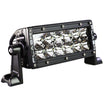
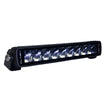
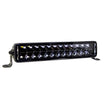
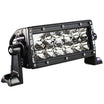
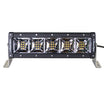
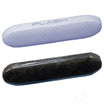
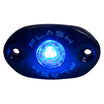
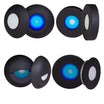
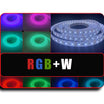

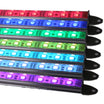

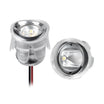
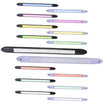

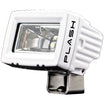
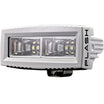
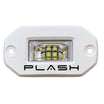
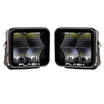
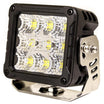
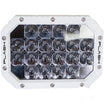
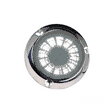
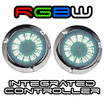
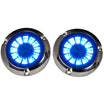
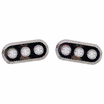
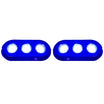
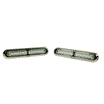
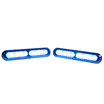
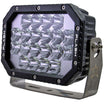

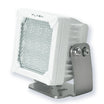
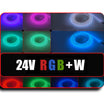

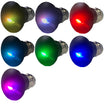

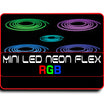
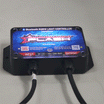
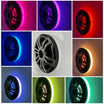
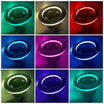
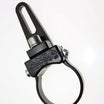
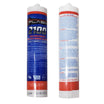
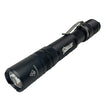
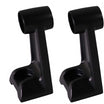
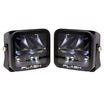
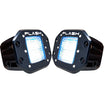
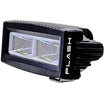
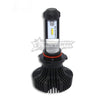

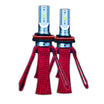
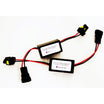
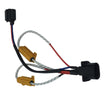
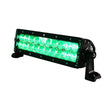
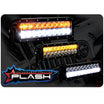
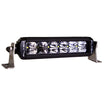
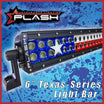
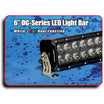
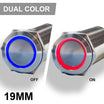
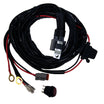
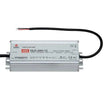

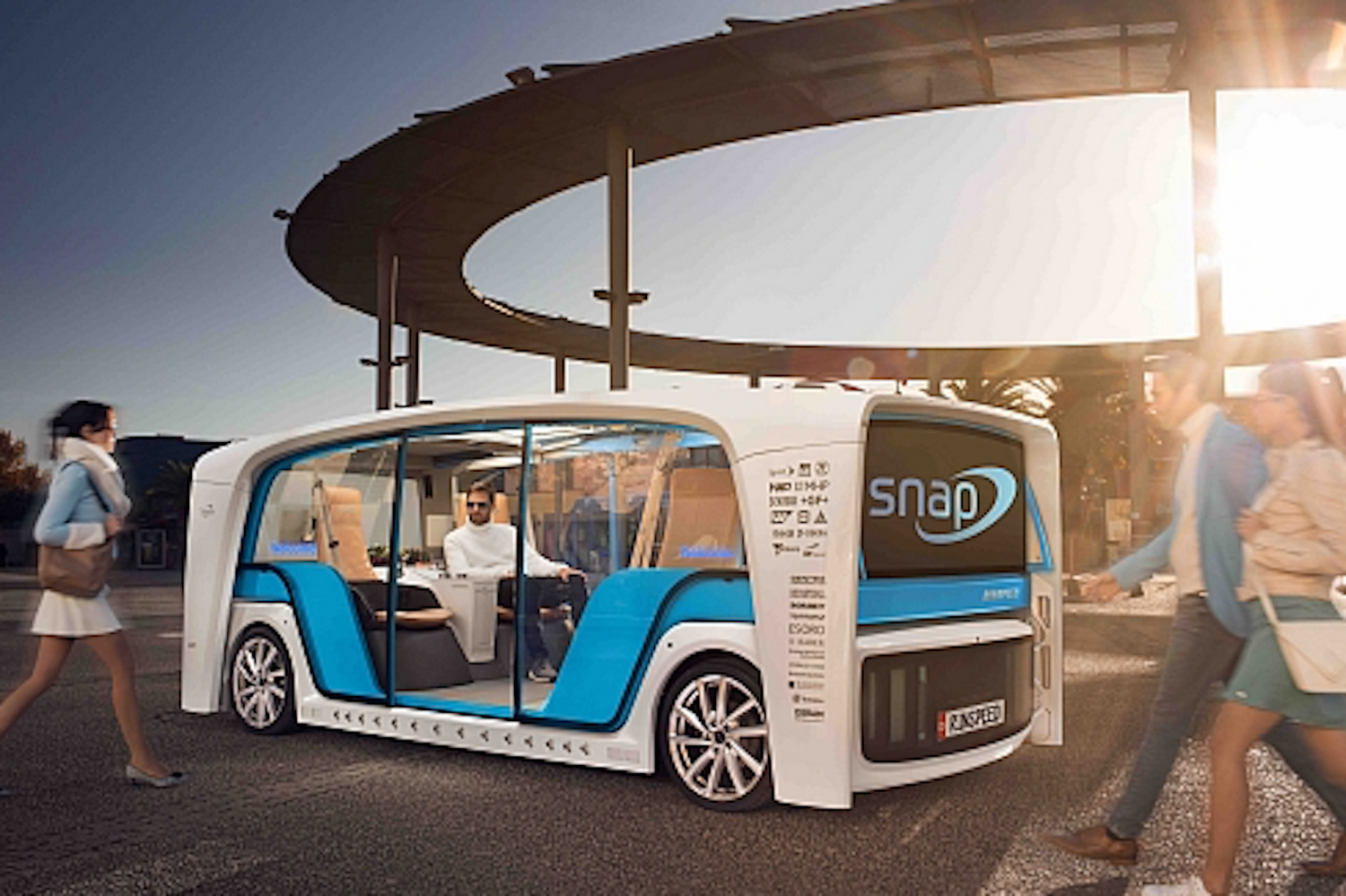
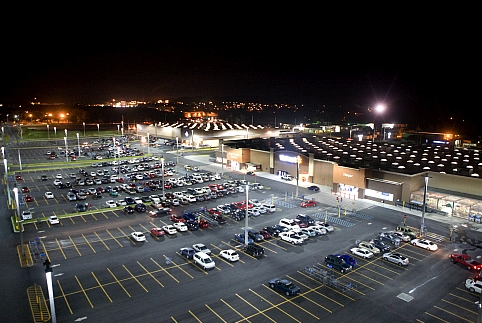
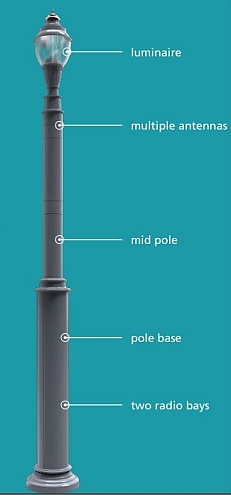
Leave a comment
This site is protected by hCaptcha and the hCaptcha Privacy Policy and Terms of Service apply.